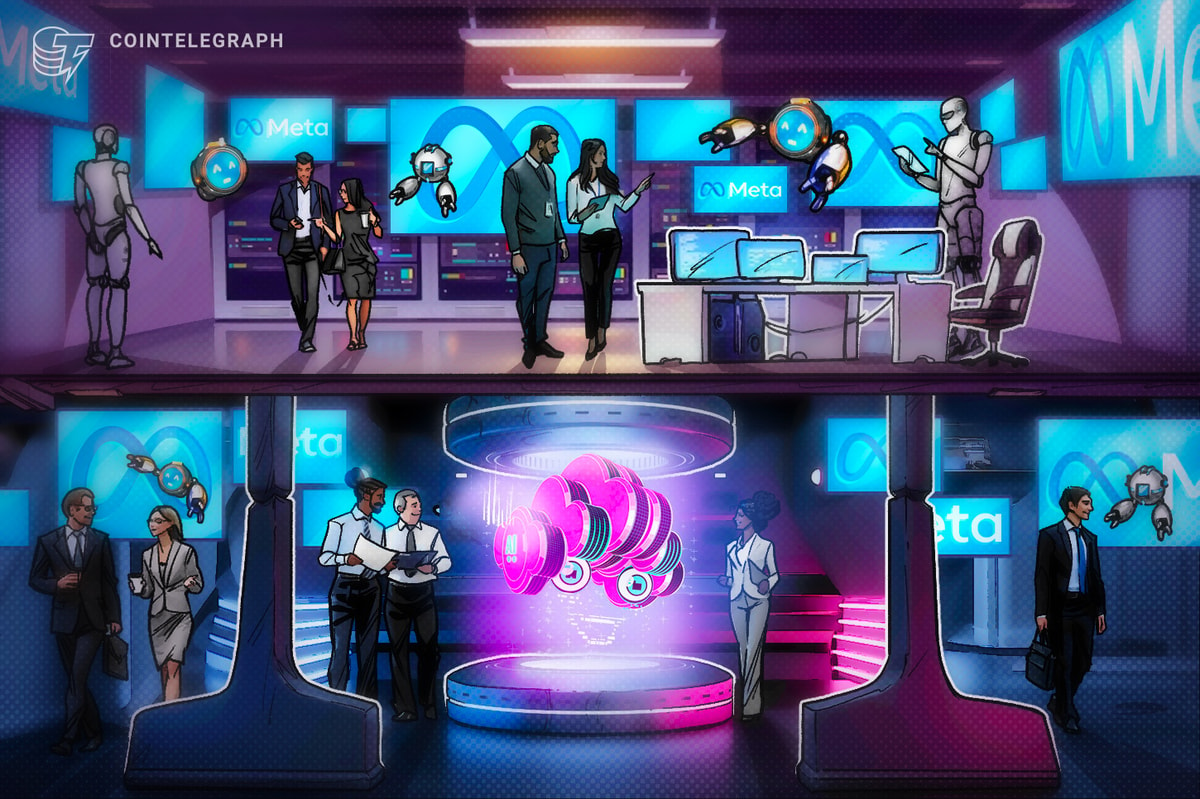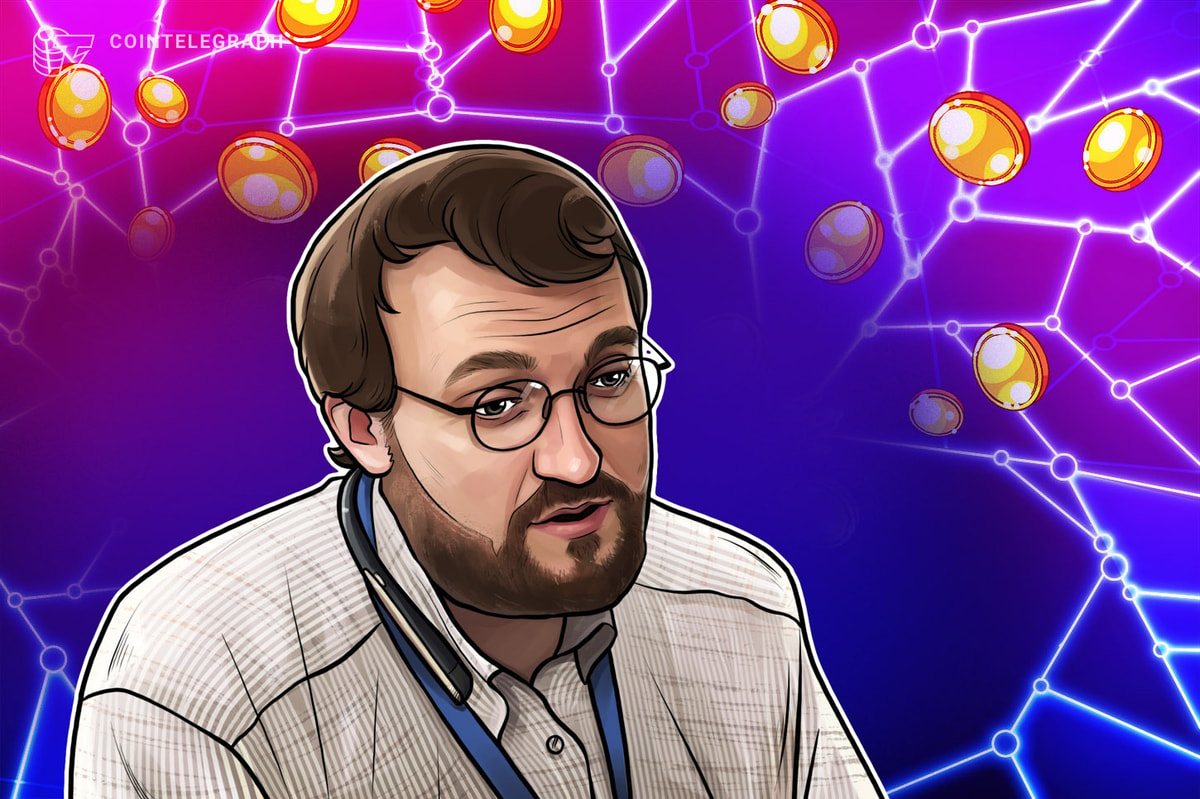
Commentary by Mark Rees.
Why Virtual Reality is different this time:
The celebrated release in January of the Samsung Gear VR, co-created by Oculus, set into motion an official paradigm change.
Mark Andreessen’s early investment in the virtual-reality maker already is bearing fruit as the hot item is flying off shelves. And a newer, slightly improved version being slated for the release of the Samsung Galaxy 6 beginning in April.
Virtual reality is not just about games anymore. By some accounts, the hottest ticket at last month’s annual Sundance Film Festival in Park City, Utah was to the Oculus Virtual World Simulator demonstration.
Some are convinced it is the future of filmmaking. Several Hollywood studios are actively exploring and creating content for virtual reality. It is estimated that 170 million users will own virtual reality hardware within the next three years.
Digital currencies and blockchain technology are frequently referred to as a paradigm shift, and the virtual world may become dependent on the blockchain.
Shows such as Cirque du Soleil have captured a portion of a live performance in VR, placing the viewer on-stage during in the three-dimensional experience. Live rock concerts and sporting events are likely to follow soon.
A Paul McCartney concert in virtual reality is now available from the Google Play store for those using the Google Cardboard virtual reality home-kit. Last year, Facebook founder Mark Zuckerberg announced that Facebook would acquire Oculus for $2 billion, with plans to connect their 2 billion users with this entirely new platform.
The tech world is now putting the possibilities into imagination.
What does this have to do with Bitcoin?
A blockchain might be necessary to bind a real-world person with a virtual-world persona. Facebook and other social media sites are struggling to prevent ISIS terrorists from recruiting on their sites. The terrorist recruiters have learned tricks from Internet trolls’ methods to easily create new identities each time they are banned.
The blockchain invention might prove invaluable when a company needs to tie a virtual persona to a real person through a technique known as proof of existence. This could be used to create an identifying hash tied to a retinal scan or other biometric data that is unique for each real person using VR equipment in real time.
A possible result would be an identifying hash stored permanently on the blockchain that would represent you over a multitude of experiences. This one single identifier tag might defeat identity fraud or act as one of the component signatures in a multi-sig wallet.
It is portable and can be used by a multitude of companies and systems creating content throughout the world. A negative aspect is that it could be possible to ban one’s identifier address tag, which might send one into a sort of VR purgatory. In the future, just the threat of having your online identity tag banned might be a de-facto method of control.
Where is this headed?
In 2011, author Ernest Cline wrote a futuristic novel Ready Player One. Steven Spielberg has agreed to direct the big-budget epic for Warner Brothers Studios. The studio won the bidding rights to the movie before the book was finished and has spent years trying to find a way to bring the futuristic story to life on the big screen.
Hollywood studios have been increasingly transfixed by the ideas and possibilities explored for the world of virtual reality explored in the story. Ready Player One was so influential that it was cited by Oculus’ then 19-year-old founder Palmer Luckey as one of the primary reasons he started the company.
The author himself admitted he might have underestimated where the technology will be 30 years in the future when the story unfolds. Because of the respect and example his work has provided for the thousands of people working on the technology and the tens of thousands of content creators soon to follow, it might considered the benchmark to measure our place in the technology roadmap.
In Ready Player One, the lines between the real world and the virtual world become fuzzy. The concept of earning monetary “credits” for income and spending between the two realities mix seamlessly. The human desire to share experiences will quickly lead to interconnection of the hardware so that one need not feel alone in the experience. It might not take long before “real” human representatives could act as their own avatars and become real-time tour guides.
As the technology improves, entire careers might happen inside a shared virtual world experience. In this world there are no borders. Countries and concepts such as national currencies might seem as antiquated as paying for things with sea shells.
As our children take virtual tours walking among the dinosaurs as part of a school project, they might view our current concept of money and think we must have lived at the time of the dinosaurs ourselves. One might ask if it possible that currencies restricted by borders that only exist in the physical world might just become … irrelevant?
How close are we to virtual reality?
Many of the industry watchers consider the Gear VR product the first mainstream virtual device laying down the gauntlet for many to follow. This technology could bring the ability for the disabled to do the things impossible in the real world. Seeing, touching and experiencing places one could never afford to travel seem to be just around the corner. Those gateways and portals will cost money, however. So whose national currency would you use for this travel?
Already, live 3D feeds can be experienced that give a sense of “presence” never experienced before. Users have to remind themselves their physical existence is in a place and time they aren’t seeing.
There are still a couple of drawbacks. Some people experience “simulator sickness,” although this problem is been dramatically reduced with new understanding and technology. And the pixel count isn’t quite high enough (at least in the 720p resolution) for a perfectly clear picture when magnified with goggles.
At the 2015 Gamers Development Conference in March, HTC reportedly stole the show with Vive, a unit more advanced than the Oculus products personal computer-connected devices. It is expected to be in consumer hands before Christmas.
Sony is working on its own virtual reality product called “Project Morpheus” for PlayStation 4. There are rumors of other companies also in the space, though no official announcements have been made.
YouTube already has joined several other companies offering 360-degree full immersion videos. The conversion is happening at breakneck pace. The center of the three converging technologies is once again the high-tech investor Mark Andreesen. The creator of the first web browser is now a top venture capitalist with board membership on Facebook, and a lead investor in both Oculus and the world’s biggest U.S.-based Bitcoin exchange and wallet service Coinbase.
In a world where it’s becoming more difficult and complex to believe what you see, it might pay to keep an eye on Andreessen to see what’s coming next. His predictions in both of these new emerging technologies might be destined to meet.
Image Sergey Galyonkin from Kyiv, Ukraine – Orlovsky and Oculus Rift Uploaded by Yakiv Gluck / CC BY SA 2.0










